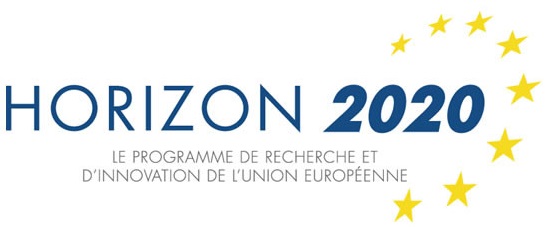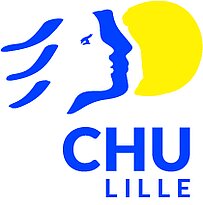Aix Marseille Université [AMU]
The University of Aix-Marseille (AMU) created in January 2012, is a large world-class university. It is the largest multidisciplinary French-speaking university, welcomes 80000 students and nearly 8000 staff on 5 large campuses of international standards. Owning 90% of its assets, the university is present in 9 cities in 4 departments of the Southern Region. Its A*MIDEX University Foundation, which carries the IDEX on a long-term basis, contributes to the development of a world-class interdisciplinary higher education and research centre. Known as an "intensive research university", it is home to 121 research structures linked to major national research organisations.
The “Architecture et Fonction des Macromolécules Biologiques” (AFMB) laboratory, overseen by the CNRS and AMU, is a center of structural biology localized on the Luminy campus in the South of Marseilles, France, and in partnership with INRA under contract. The aim of the research is to depict the architecture of proteins or macromolecular assemblies at the molecular level to understand the biological mechanisms which they govern. The description of interactions between macromolecules or a macromolecule and a ligand is also crucial to manipulate these complex molecules.
In recent years, the use of single-domain from camelid immunoglobulins, termed vHHs or nanobodies, has seen an increasing growth. The usefulness of nanobodies is now firmly established, as they provide access to new epitopes in concave and hinge regions. The Host-Pathogens Interactions group has been among the pioneers in the work on vHHs and nanobodies. The technology platform offers immunisation of llamas (Lama glama glama) or camels (Camelus dromedarius) in view to obtain target specific libraries, panning of these libraries by phage display from which several vHHs/nanobodies are cloned, expressed and characterized. It also uses a “naive” library obtained by gathering the lymphocytes of non-immunized animals. Randomizing one of the three CDRs (generally CDR3) from a selected vHH/nanobody followed by a new panning, leads to sub-nanomolar affinities. The laboratory hosts a plateform, Nabgen technology, dedicated to the generation and production of Nanobodies.
Publications related to CorDial-S
1. V.S. Nguyen, Badreddine Douzi, Eric Durand, Alain Roussel, Eric Cascales, Christian Cambillau. (2018). Towards a complete structural deciphering of type VI secretion system, Curr Opin Struct Biol, 49, 77-84. (IF 7.052)
2. Philippe Leone, Jennifer Roche, Maxence S. Vincent, Quang Hieu Tran, Aline Desmyter, Eric Cascales, Christine Kellenberger, Christian Cambillau, Alain Roussel. (2018). Type IX secretion system PorM and gliding machinery GldM form arches spanning the periplasmic space. Nature Communications 9, 429. (IF 11.880)
3. Aline Desmyter, Silvia Spinelli, Carlo Button, Christophe Blachetot, Michael Saunders, Hand de Haard, Geertrui Denecker, Maarten Van Roy, Christian Cambillau, Heidi Rommelaere. (2017). Neutralization of hIL23 by multivalent Nanobodies explained by the structure of cytokine-Nanobody complex. Front. Immunol. 8, 884. (IF 4.716)
4. V.S. Nguyen, L. Logger, S. Spinelli, P. Legrand, T.T.H. Pham, T.T.N. Trinh, Y. Cherrak, A. Zoued, A. Desmyter, E. Durand, A. Roussel, C. Kellenberger, E. Cascales, C. Cambillau. (2017). Type VI secretion TssK baseplate protein exhibits structural similarity with phage receptor binding proteins and evolved to bind the membrane complex. Nature Microbiol. 2, 17103. (IF 14.300)
5. Abdelrahim Zoued, Eric Durand, Yannick R. Brunet, Silvia Spinelli, Badreddine Douzi, Mathilde Guzzo, Nicolas Flaugnatti, Pierre Legrand, Laure Journet, Rémi Fronzes, Tâm Mignot, Christian Cambillau, Eric Cascales. (2016). Priming and polymerization of a bacterial contractile tail structure. Nature 531, 59-63. (IF 43.070)
People involved in CorDial-S

- Alain ROUSSEL: CNRS Directeur-Team Leader HPI-nanobodies
- Philippe LEONE: CNRS Researcher-Structural Biology
- Anais GAUBERT: CNRS Engineer-Responsible for Nanobody platform
- Alexis DOGLIANI: Engineer-nanobody production and characterisation
- Lycia DIE MORINI: Engineer-Communication and Promotion Manager








